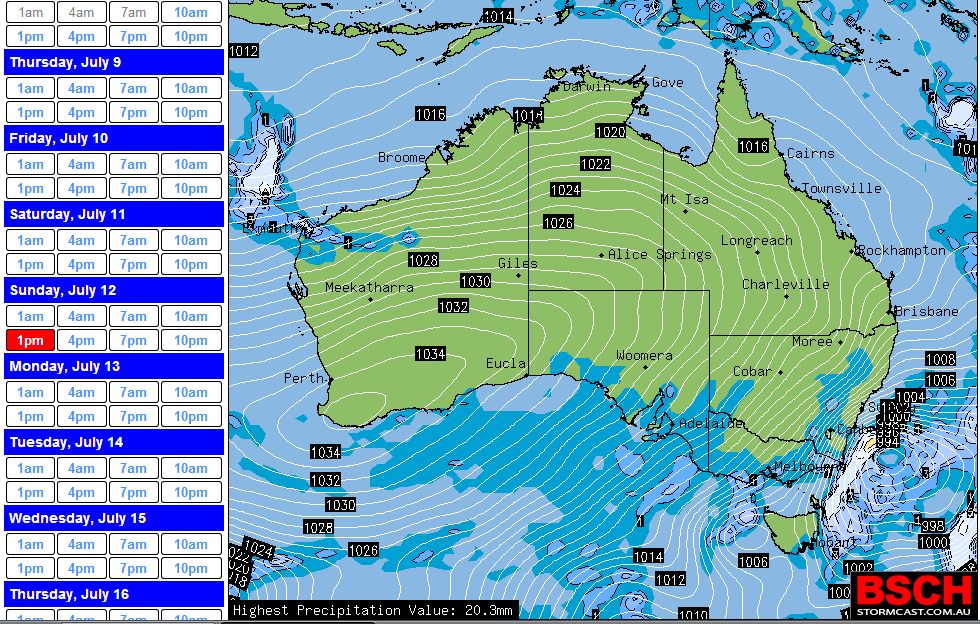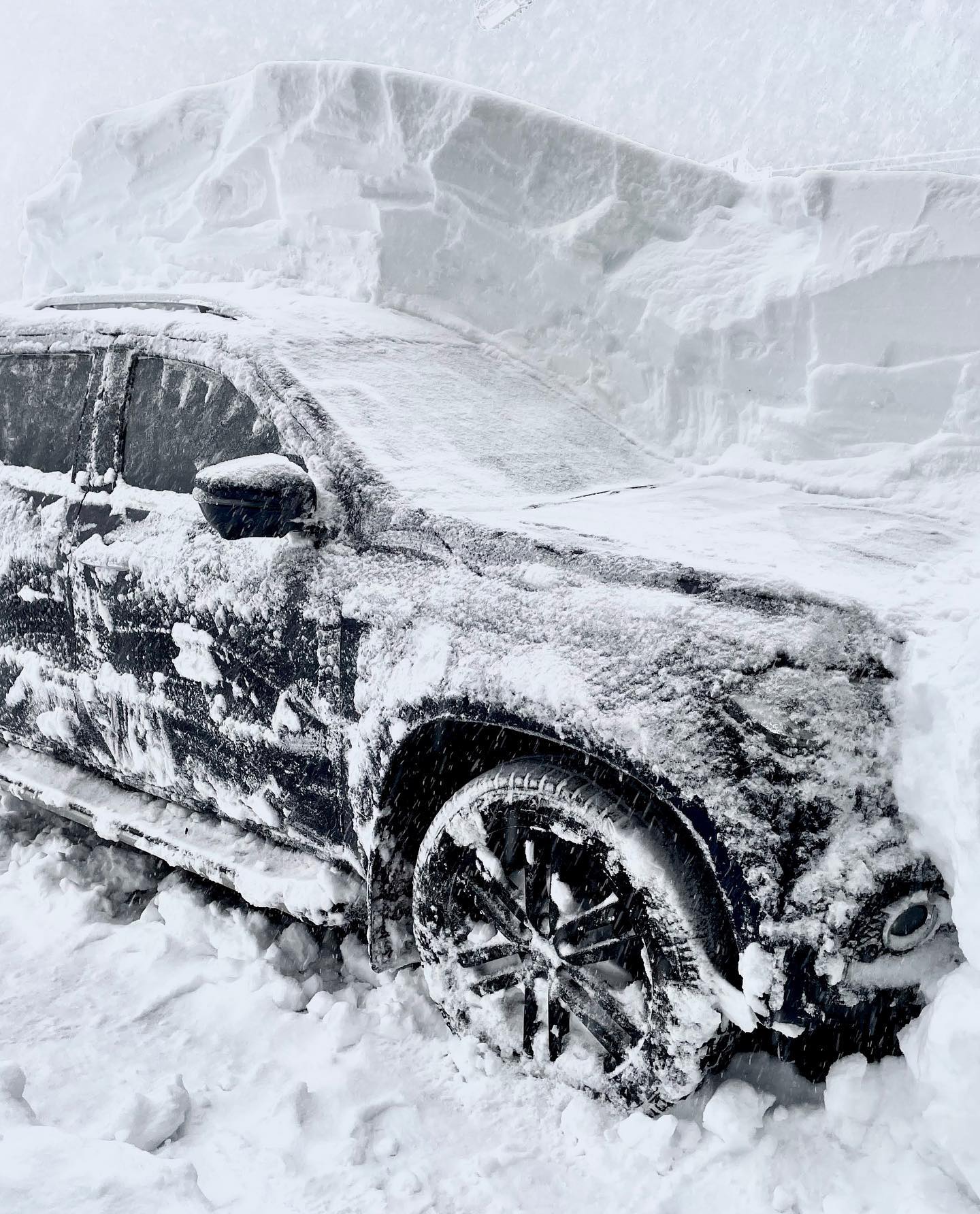Prepare an Exciting Winter Vacation to Enjoy Snow In Australia with Friends
Prepare an Exciting Winter Vacation to Enjoy Snow In Australia with Friends
Blog Article
Discover the Interesting Effects of Snow in Australia on Regional Communities
Despite its credibility for sun-soaked landscapes, Australia additionally flaunts regions buried by snow-- a sensation that profoundly influences the nation's distinct ecosystems. The insulating buildings of snows protect plants and fauna among the chilliest wintertimes, while the melting snow nurtures rivers and marine life. The genuine wonder lies in exactly how these wintry conditions form the nation's biodiversity and nutrient cycles. As we untangle this elaborate partnership, we discover ourselves walking on unexplored premises in Australia's high country.
The Unanticipated Regions of Snowfall in Australia
Although Australia is typically connected with sun-scorched landscapes and sandy beaches, certain areas remarkably experience snowfall. The high country areas of New South Wales, Victoria, and Tasmania are particularly known for their winter months snow. The Snowy Mountains in NSW, as an example, receive abundant seasonal snow, providing a plain comparison to the nation's common warm, arid climate. The Victorian Alps and parts of Tasmania also see annual snowfalls, changing the landscape right into a winter season heaven. These areas are not simply abnormalities yet integral parts of Australia's diverse environment system. The existence of snow in these regions significantly influences regional ecological communities, subsequently affecting the country's unique biodiversity. However, the specific impact on Australia's unique vegetation will certainly be discussed in the next section.

Just How Snow Impacts Australia's Special Flora
While it may seem unusual, snowfall in Australia plays a vital role fit the country's one-of-a-kind plants. The snow-filled winter seasons foster durability in Australian plant types. This is especially obvious in the sub-alpine and towering areas, where snow gum tissues and mountain plum-pines prosper. These plants have actually evolved to survive in severe problems, with snow acting as a safety blanket from rough winds and freezing temperature levels. The snow also contributes to the dampness web content of the dirt, offering necessary hydration for plant life throughout the dry summertime months. Basically, the snow influences the timing of flowering and seed dispersal, the development prices, and the survival of many plant types, showcasing the complex interaction in between climate and plants in Australia.

The Adaptations of Australian Fauna to Snowfall
Just as Australia's flora has adjusted to the wintery problems, the local animals also, display remarkable adjustments to the snowfall. Variety like the Mountain Pygmy-possum, the only Australian marsupial recognized to hibernate, have evolved techniques to endure in snowy settings. It uses the snow as insulation, hibernating in rock crevices beneath the snow to remain warm. Likewise, the Snow Skink, a varieties of lizard, changes its colour to white during winter months, supplying camouflage against predators. Birds such as the Snowy Mountains' Crimson Rosella likewise readjust their this link diets to eat readily Discover More available food resources throughout chillier durations. Hence, in spite of the extreme conditions, Australian fauna demonstrates a adaptive and resistant nature, guaranteeing their survival in regions experiencing snowfall.
The Function of Snow in Shaping Local Environments
In forming the regional environments, the function of snow in Australia is both extensive and multilayered. Snow supplies a critical water source, feeding rivers and tanks as it melts, thus supporting a variety of marine life types. The existence of snow forms the vegetation patterns, animal behavior, and general sustainability of Australia's one-of-a-kind ecosystems.

The Future of Snowfall in Australia: Forecasts and Implications

Offered the essential role snow plays in forming neighborhood ecosystems, the future of snowfall in Australia is drawing raising attention from environmentalists and scientists. Less snow can result in minimized water availability in towering regions, negatively influencing wild animals habitats and plant life. The tourist market, heavily dependent on the winter months snow season, might additionally face significant obstacles.
Conclusion
The function of snow in Australia's ecosystems is pivotal yet usually neglected. Therefore, the snow in Australia is extra than an all-natural phenomenon; it's a vital gamer in the country's environmental story.
Regardless of its online reputation for sun-soaked landscapes, Australia additionally flaunts regions blanketed by snow-- a phenomenon that greatly affects the nation's check my reference unique environments. It utilizes the snow as insulation, hibernating in rock gaps under the snow to stay cozy - Snow In Australia.In shaping the neighborhood ecological communities, the function of snow in Australia is both extensive and multilayered. The presence of snow forms the vegetation patterns, animal behavior, and overall sustainability of Australia's distinct ecological communities
Given the critical function snow plays in forming regional environments, the future of snowfall in Australia is attracting increasing interest from researchers and conservationists.
Report this page